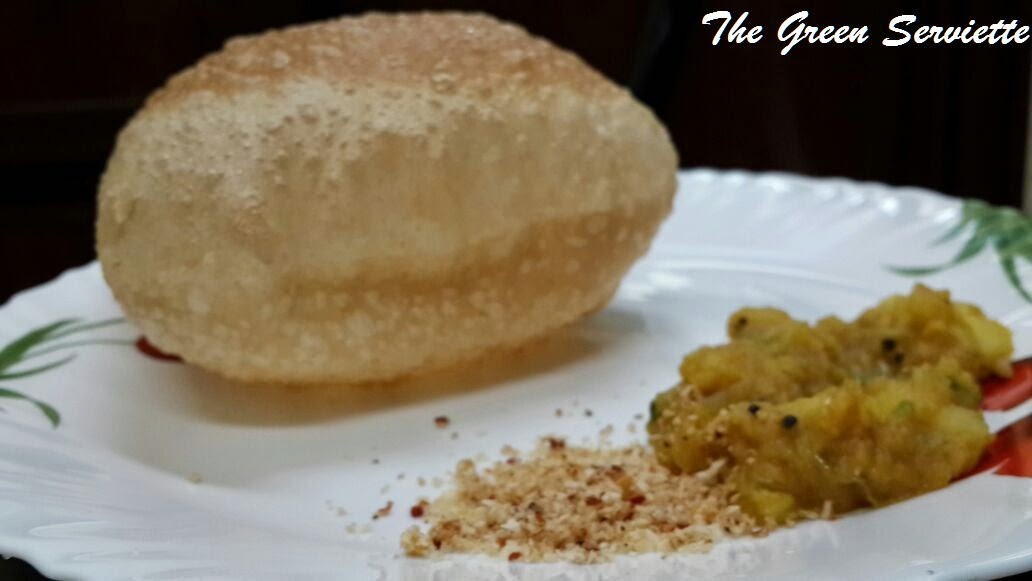DISCLAIMER: This post is meant
as a chiding for me and me to be a better wife, mother and woman.
I know your life is busy or
busier than any other woman. Your pile of chores and to-do lists won’t just get
over. And then there are kids to look after and you have to update your social
network and watch that serial. Give me 48 hours in a day, it will still be
insufficient. Oh did I forget about, ‘to cook’, sorry! You have to cook and
cook and cook. For your husband, and your kids and then feed yourself if you
have any energy left, (after all that TV watching.)
Hah! Just kidding… No. Seriously.
No jokes. Somehow the housewife manages to get more tired and exhausted than
any other job. Pardon me, I said housewife, not a home maker. I’m not a sexist,
just said so, because this article is more pointing towards women.
So, women. Yeah!
Every woman’s dietary lifestyle
is different depending on her age,
marital status, education, lifestyle and economic and family status.
A well educated woman, with a
good family and economic status tends to adapt a healthier lifestyle for her
family and herself compared to a woman who may be in a well off family but is
not educated well enough. A healthy lifestyle may also depend on the place or
economic condition of residence. For example, a woman staying in a developed
country depends more on ready-to-eat meals or frozen and packaged food. The
same woman if staying in a rural and under developed area goes to the market to
buy fresh organic food and needs to burn double the calories.
All in all, there are few common BAD habits in modern housewives:
- Waking up late and skipping breakfast:
This one is the latest trend for mothers with kids going off to school. Once
the kids are off, you go back to sleep and wake up to cook for lunch. And
before lunch you don’t really skip the breakfast but indulge in a slice of
nutella or coffee. Really?
- Nibbling in between cooking: So your
cooking bread rolls for dinner. The chicken filling is ready and so is the
bread dough. You go ahead and start filling, and…Oh! Why is the pot of chicken
filling half empty. I just tasted a spoonful. It was so tasty I tried another
spoonful. Naaa.. Never mind. There was extra anyway. (Extra layer fat on your tummy. Hah!)
- Eating the leftovers of the children’s
meal: So little Katy left her plate half empty and so did Kai. Oh God !
children! They don’t understand, it’s not good to throw away food. L I’ll finish their
plates and then I’ll go eat mine too.
(Woman! You need to keep your plate in the fridge)
- Saying No to milk: I’ll scream my lungs
off at my kids to drink their milk. “How will you grow up to be a tall strong
boy if you won’t drink any milk” And I’ll break my bones because of
osteoporosis. Most women hate milk.
- Saying No to greens: I won’t have a
lettuce salad. I don’t mind a bit of
coriander. Your garnish of coriander and mint don’t count for greens. ANEMIA.
- Chocolates, sweets and fatty foods: The
intense cravings, the erratic behavior they cause. Chocolate and fatty foods
are an addiction. If your kids wipe out your secret stash of chocolates, you
start scrounging every nook and corner. It’s an addiction. Cut it out.
- Heavy Dinners: Have breakfast like a
king, lunch like a prince, dinner like a pauper said some wise man. And here we
are putting all our energy and calories to laden the dinner table with exotic
meals.
- Too much for two: Most women just can’t
cook enough for two. They end cooking too much and all the extra leftovers go
down the drain…I mean their stomach.
- Going hungry: If your husband or kids
are not home for the day. Its holiday from the kitchen for all you beautiful
housewives. No breakfast, no lunch, no dinner. Just lots of chips, chocolate
and whatever ready to eat junk is available.
- Whatsapp dietician : So someone got a
forwarded message from whatsapp that eggplants aka brinjals cause cancer. And
here I was thinking that eggplants prevent cancer. Ladies, cooking one big
eggplant for your whole family even twice a month wont cause you anything. No,
not even kidney stones. Chill. Eat up that brinjal.
No. Don’t laugh. You know it’s
true. And you all do that.
Stay tuned for the next article
of “The desperate Housewives”. Till then Eat smart, Eat healthy.
Post by Zohra Sada












.jpg)




